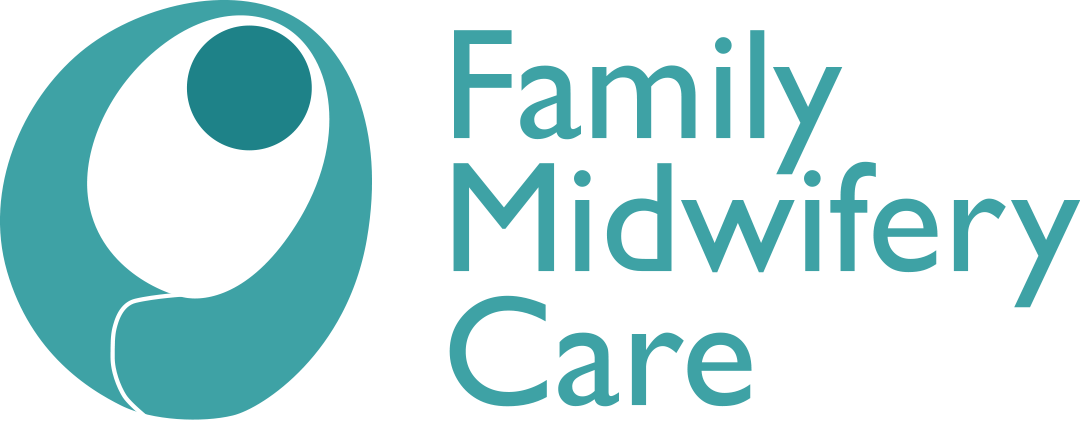Pregnancy Care
Wellington Dufferin Public Health
Nausea and Vomitting in Pregnancy
Folic Acid for Preconception and Pregnancy
Link: Folic Acid

A Sensible Guide to a Healthy Pregnancy
Link: Healthy Pregnancy Guide

Food Safety for Pregnancy
Dietary Sources of Iron
Dietary Sources of Iron
What is iron?
Iron is a mineral found in food that your body needs. It helps carry oxygen to all parts of your body.
What if my iron level is low?
If your iron level is low, your blood carries less oxygen to the cells. This may make you feel weak, tired and look pale.
What foods have iron?
You get iron from a number of foods. There are 2 types of iron in our diet: heme and non-heme iron. Heme iron is found in animal products such as red meat, fish and poultry. Non-heme iron is found in plant products such as grains, nuts, beans, legumes, vegetables and fruit.
Iron from animal products is better absorbed than iron from plant products. If you do not eat any animal products, you will need to eat twice as much non-heme iron. Look at the chart “Sources of Iron” in this handout.
The amount of absorption of non-heme iron can be increased or decreased by other foods in the diet. Here are some tips to help your body absorb the iron from food:
Combine heme iron rich foods with non-heme iron rich foods when possible.
Include a source of vitamin C with your meals. Vitamin C helps iron absorption. Some sources of vitamin C include: Broccoli, grapefruit, potatoes, green/red peppers, strawberries, peas, cabbage, cantaloupe, tomatoes, oranges, orange juice, tomato juice, brussel sprouts.
Tea and coffee contain compounds that can decrease iron absorption. Have tea and coffee at least one hour before or after your iron-rich meal.
Include at least one iron-rich food and a food that increases iron absorption at most meals and snacks.
Ways to add more iron to your diet
Molasses – Use it in baking instead of sugar or use as a partial substitute to sugar
Dried peas, beans, lentils, pinto beans – Add to soups, salads, and casseroles
Tofu
Cream of Wheat™ (fortified) – Enjoy it for breakfast or as a bedtime snack
Oatmeal
Prune and tomato juice – Good to drink or use in cooking or baking
Wheat germ – Sprinkle over cereals, add to muffins, breads, and casseroles
Barley – Use to thicken soups and stews
Granola – Make your own with whole grain & fortified cereals, dried fruits, wheat germ, molasses, seeds, nuts
Dried fruit (especially apricots, prunes) – Add to cereals, breads, cookies and desserts
Eggs – Use as a main dish, enjoy hard boiled as a snack or added to salads
Sardines – Serve in a salad or as a snack on whole grain crackers
Beef – Add cooked strips of red meat to soups, salads, and pasta dishes
Liver, kidney and other organ meats – Add to meatloaf or stew. Serve paté as an appetizer on whole grain crackers or toast
Iron Deficiency in Pregnancy
Healthy Weight Gain in Pregnancy
Exercise in pregnancy
Working in Pregnancy
Link: Working in Pregnancy

Seat Belt Use in Pregnancy
Alcohol and Pregnancy
Link: Alcohol and pregnancy
Quitting Smoking
Link: Support to quit smoking
Link: Pregnets
Websites for General Pregnancy Information
Vaccinations in Pregnancy
Fetal Kick Counting
Link: Kick Count Sheet

Medications in Pregnancy
Cannabis in Pregnancy
Healthy Eating
Link: eatright
















